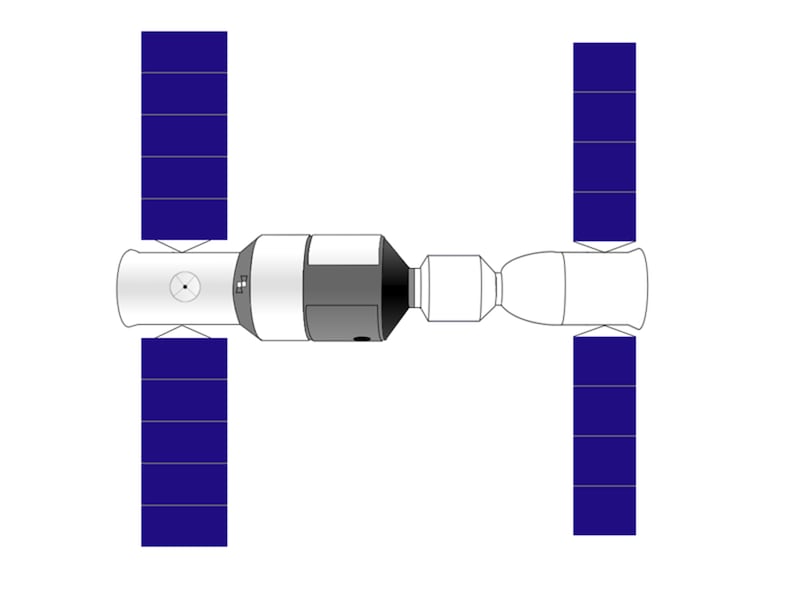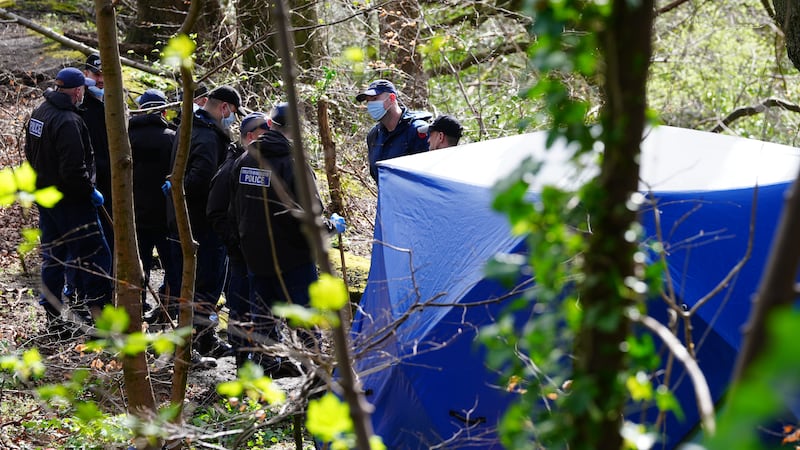Tiangong-1, China’s first prototype space station, is expected to crash to Earth in the next few weeks, according to experts.
The unmanned Chinese space reached the end of its operational life after being launched into space in 2011 and is currently on an orbital decay, meaning it is gradually getting closer to Earth.
According to Aerospace Corporation, a non-profit research and development organisation in California, the 19,000lb (8,500kg) space station is expected to collide with the earth’s atmosphere in the first week of April, give or take a week.
Meanwhile, the European Space Agency estimates it will crash any time between March 24 and April 19.
The current estimated #Tiangong1 reentry window is ~29 March to ~9 April; this is highly variable. Forecast provide by the @esaoperations #SpaceDebris office.Details & FAQ: https://t.co/63dO8AJ87X pic.twitter.com/65scZxIBEA
— ESA (@esa) March 6, 2018
While it is not certain where the module will land, a report from the Aerospace Corporation suggests it will re-enter somewhere between 43 degrees North and 43 degrees South latitudes – which covers parts of the US, South America, China, Italy, Spain, New Zealand, the Middle East and Australia.
The report said: “There is a chance that a small amount of debris from the module will survive reentry and impact the ground.
“Should this happen, any surviving debris would fall within a region that is a few hundred kilometres in size and centered along a point on the Earth that the station passes over.”

“When considering the worst-case location… the probability that a specific person will be struck by Tiangong-1 debris is about one million times smaller than the odds of winning the Powerball jackpot.”
Equipped with two sleep stations for astronauts, the Tiangong-1 was launched to serve as a manned laboratory and an experimental station to demonstrate orbital rendezvous and docking capabilities.
Four years later, scientists in Beijing revealed they would not be able to perform a re-entry after losing control of the space station.








